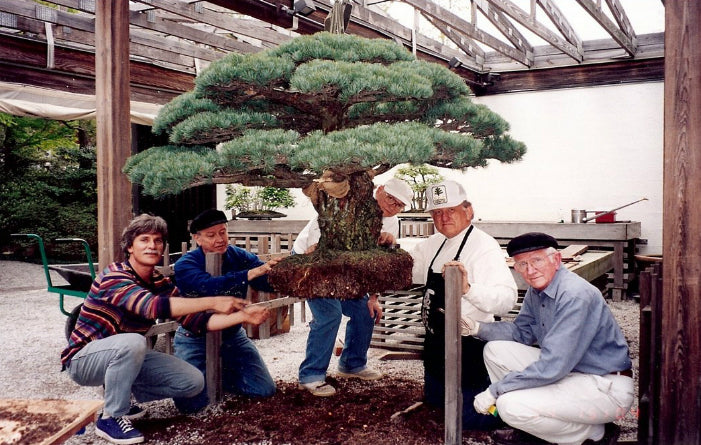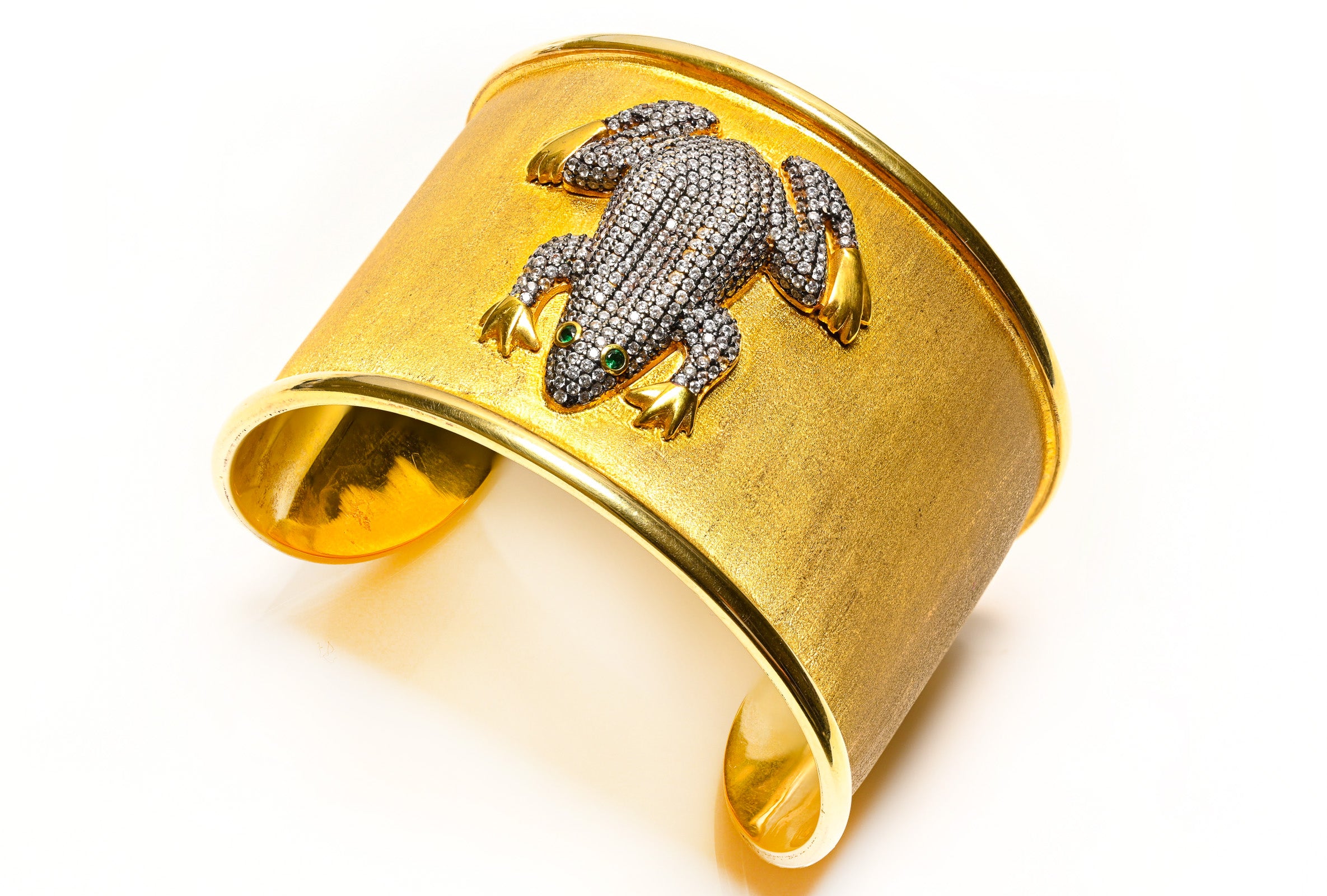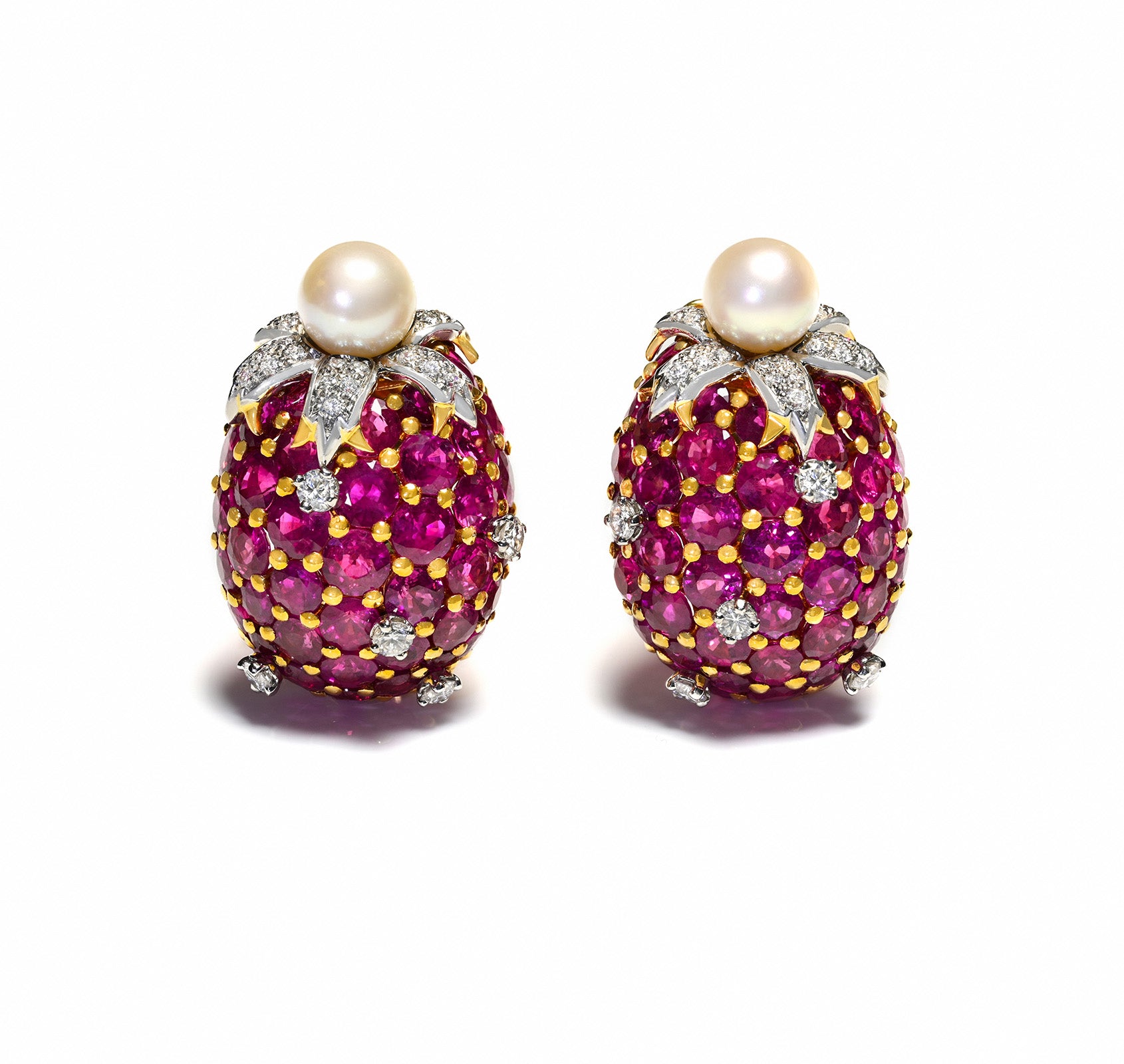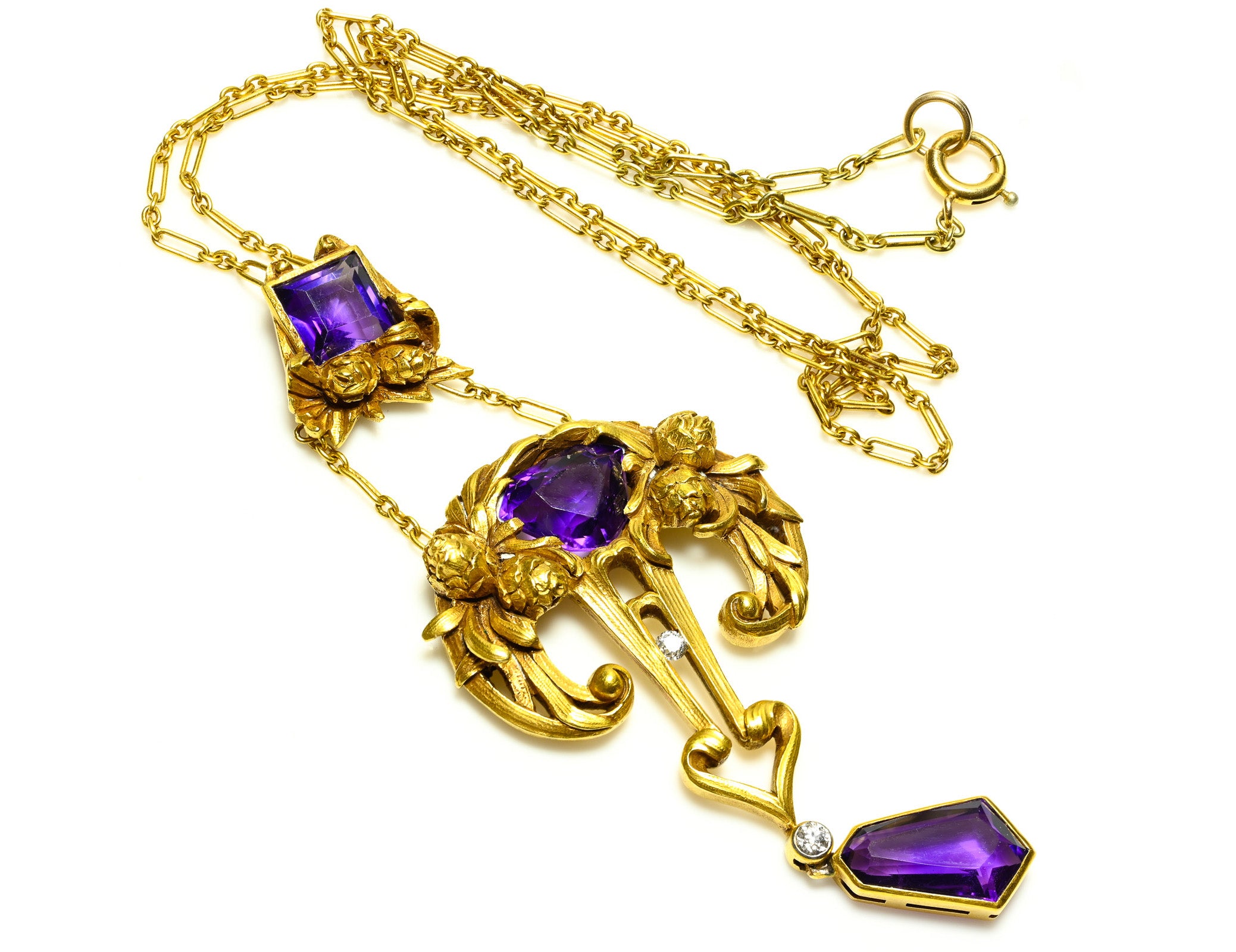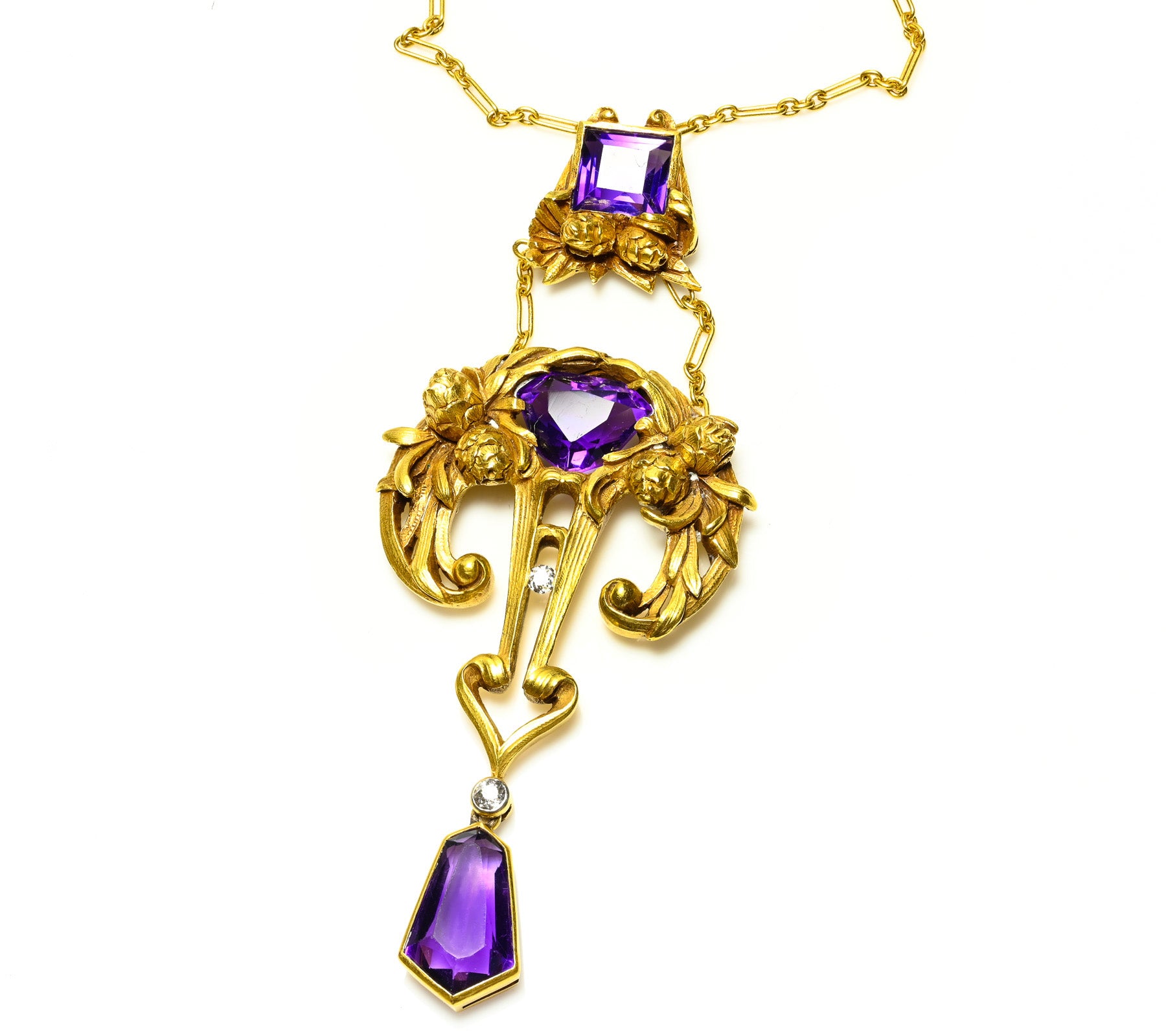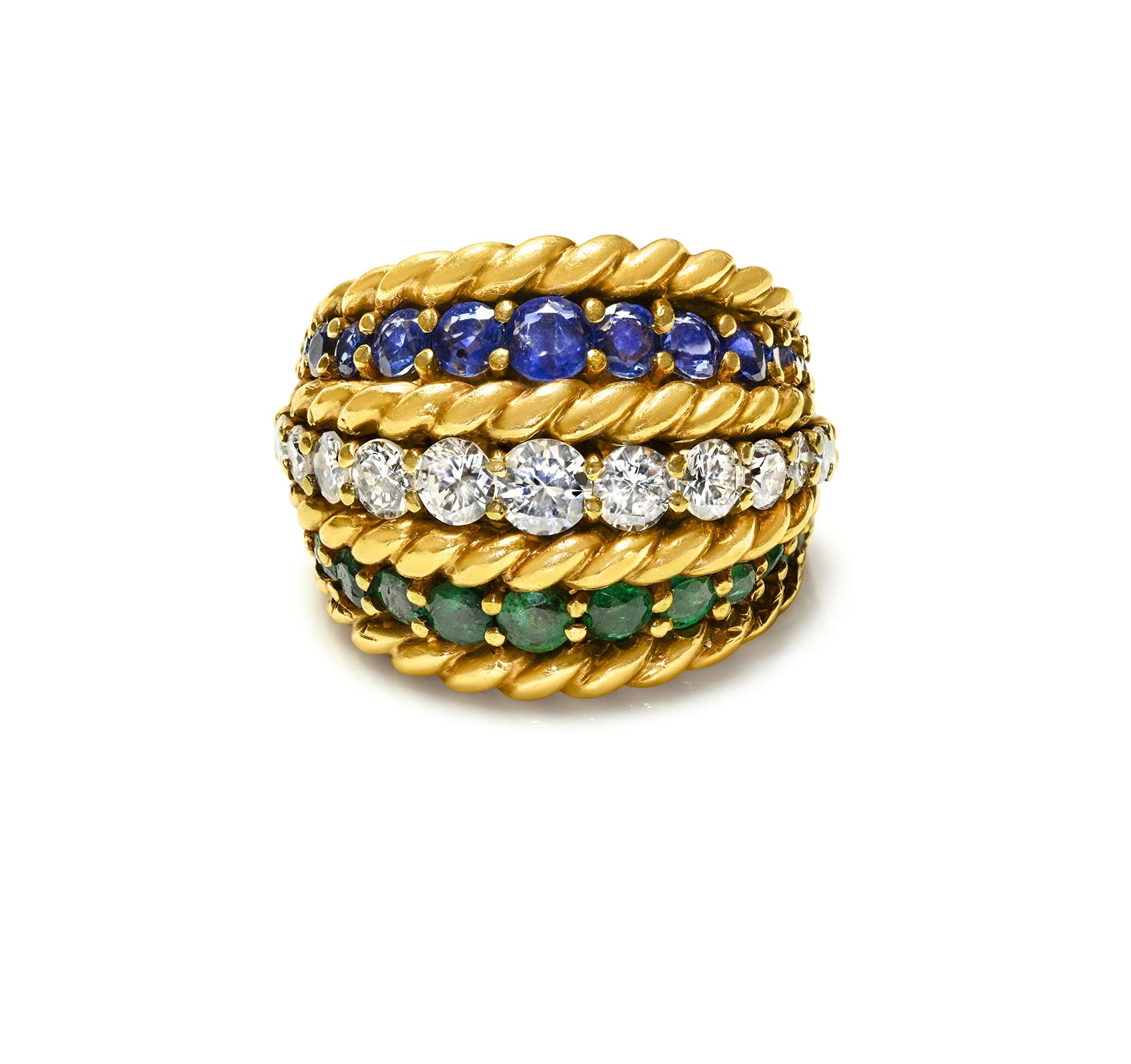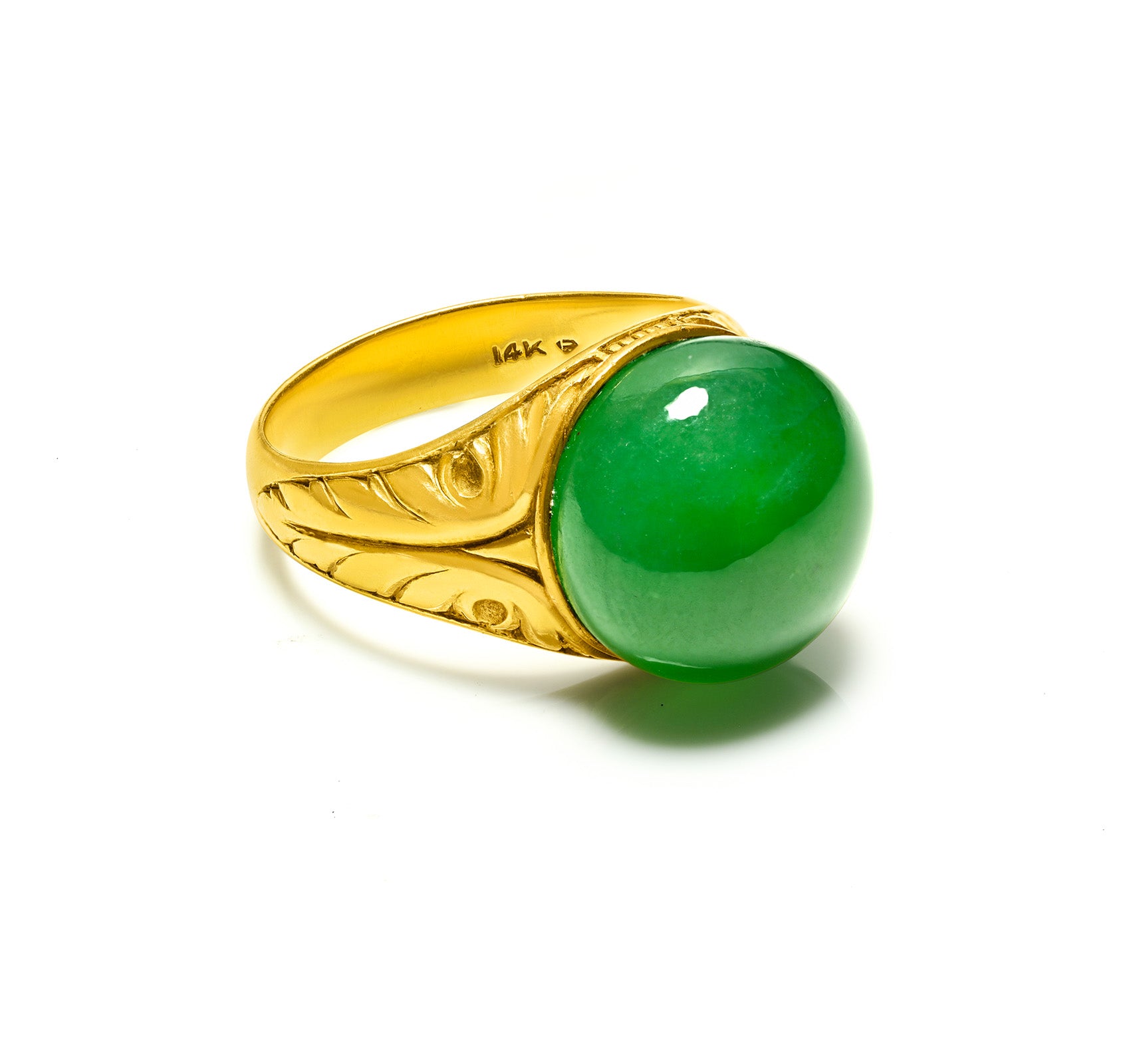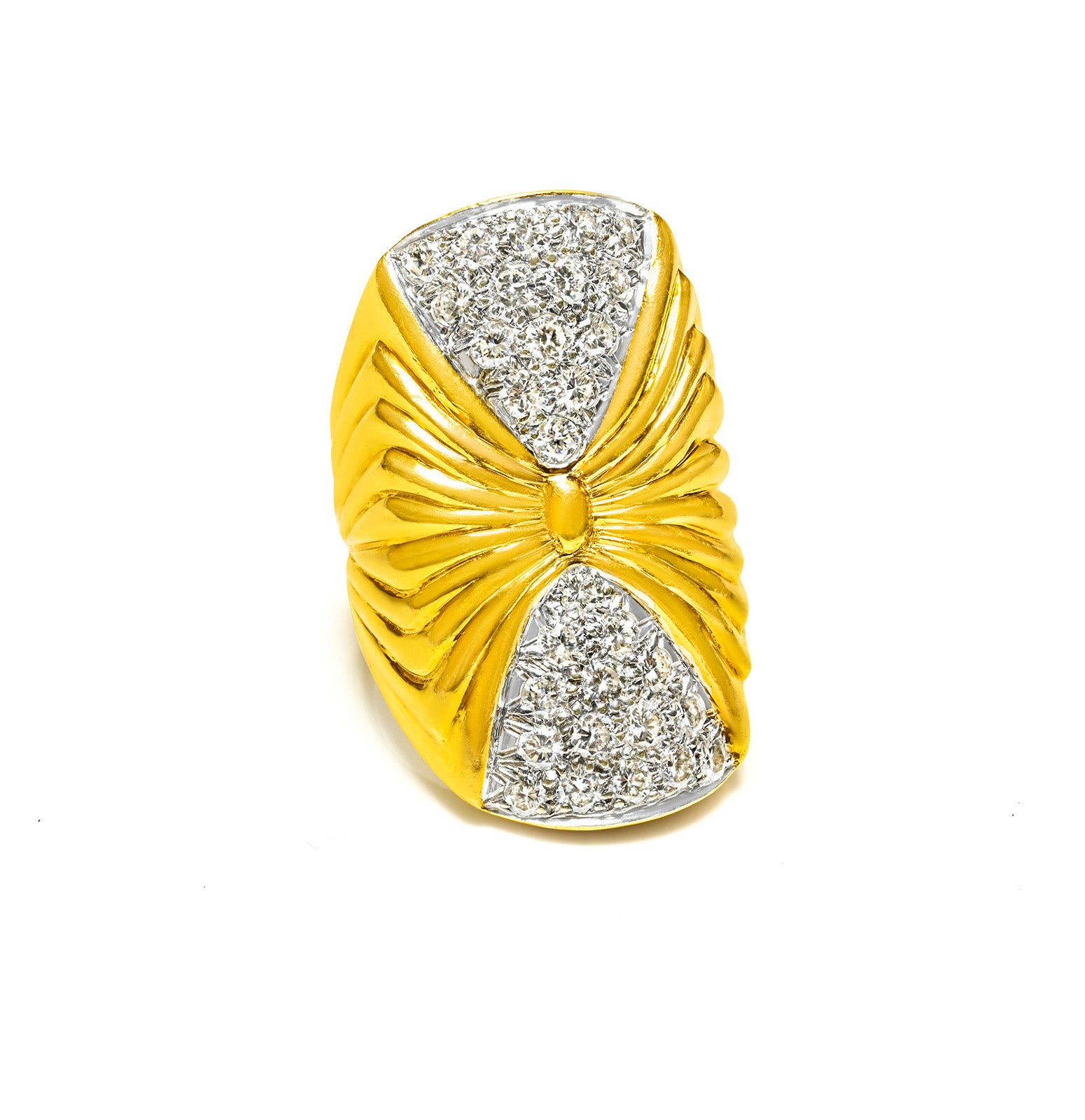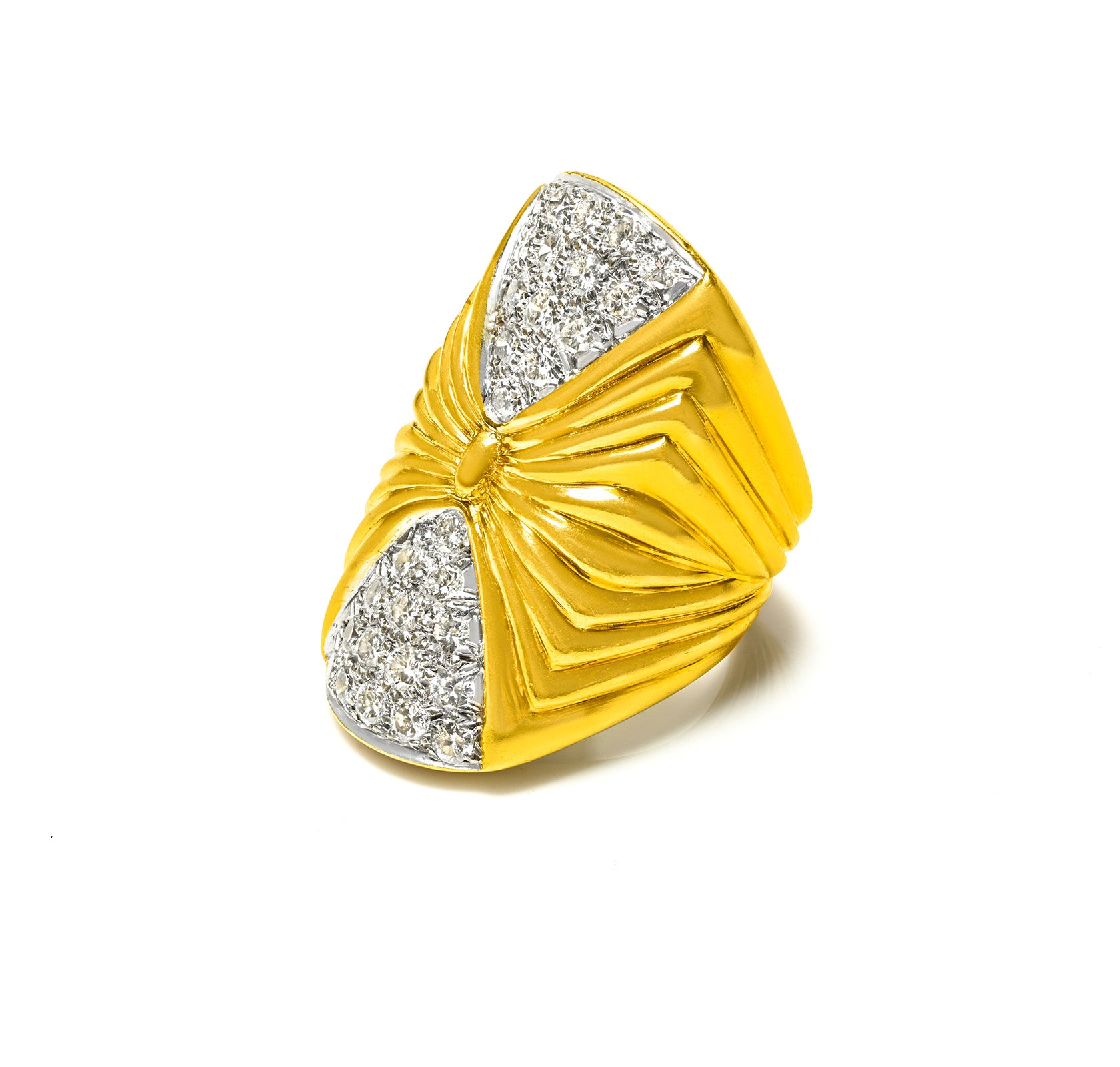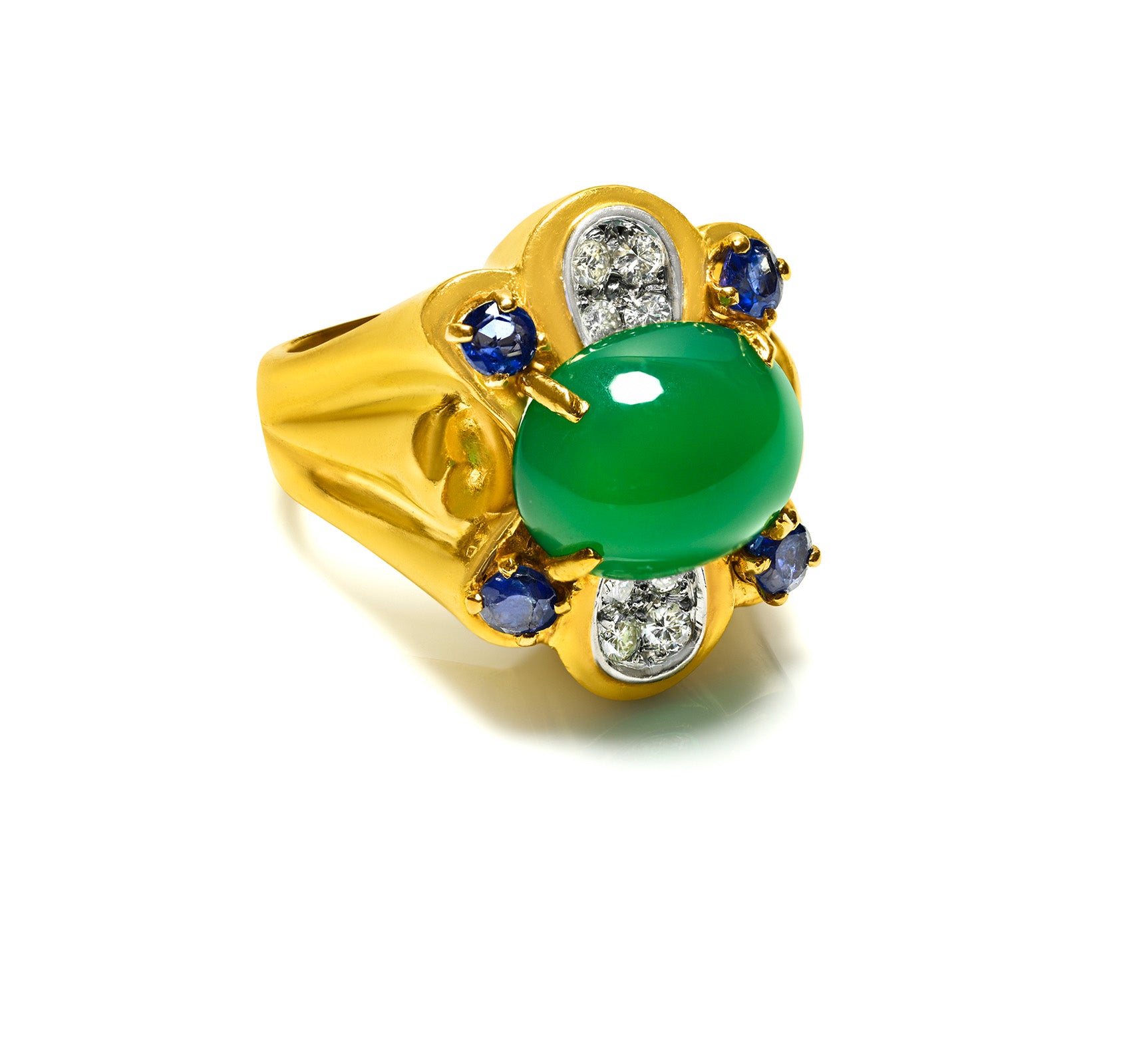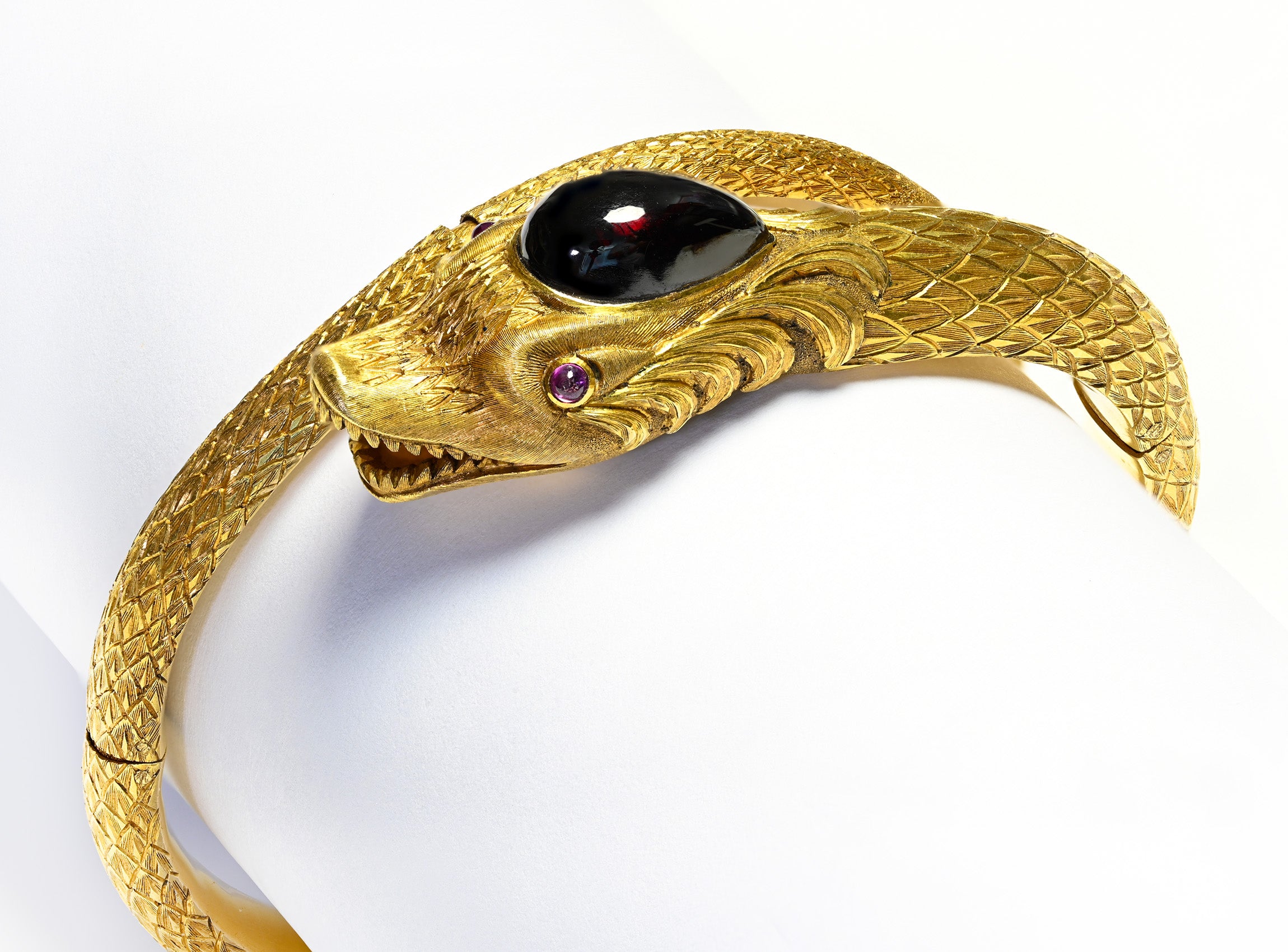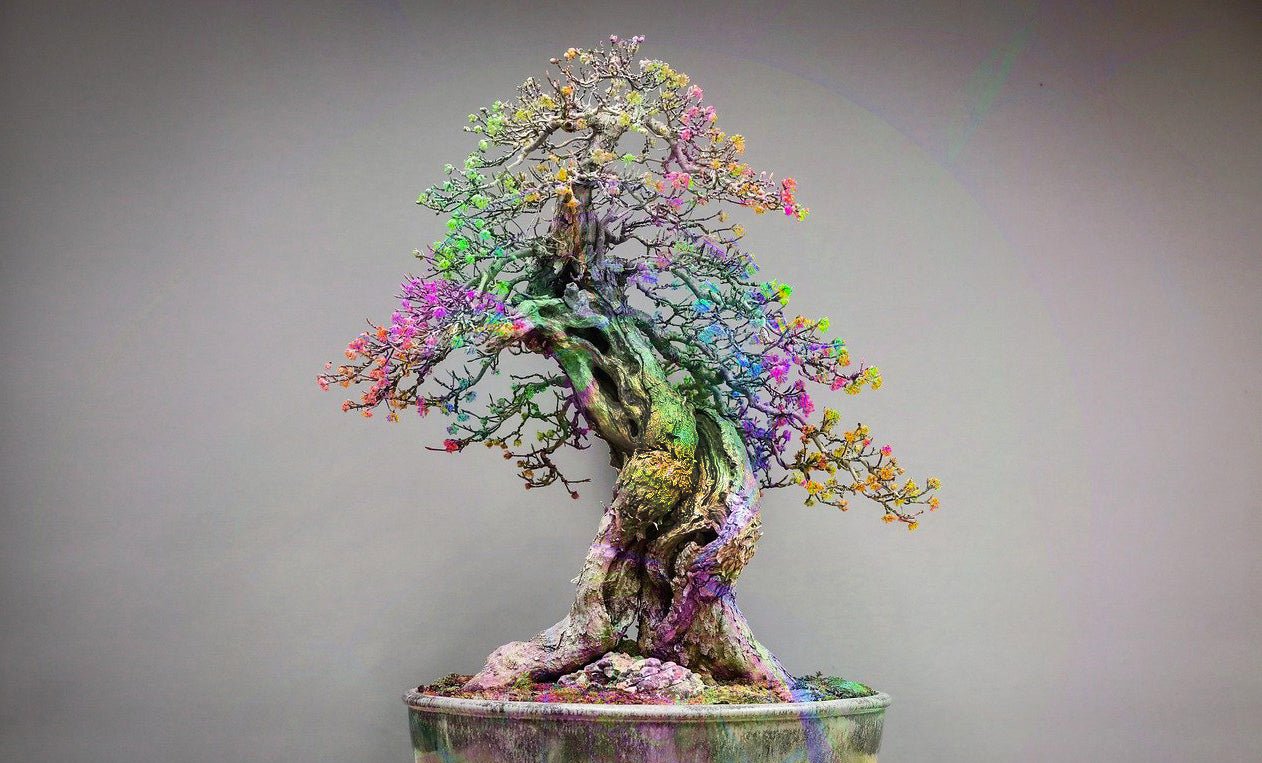
Journey Into The Magical World Of Bonsai
It is not known precisely when it began, but by 700 AD the Chinese had already begun to spread the art called "penjing", the art and science of growing miniature plants and trees. And the bonsai has a special place in this story.
Penjing implies forcibly growing them in much smaller spaces than those naturally required for their growth, by proper pruning of branches and minimal feeding of water and fertilizer. The trees thus grow in an aesthetic form, often suggesting old age, although often the impression of aging is not false - many bonsai trees are really old - having this miniature form.

Originally, only the elite of society practiced penjing, after which the plants were distributed throughout China as luxury gifts.
During the Kamakura period, when Japan adopted most of the Chinese cultural traditions, the art of growing trees in pots was introduced to Japan.
Explore The Magical World Of Bonsai
Just like a Japanese garden, making a bonsai required artistic sense, which is known as "Wabi-sabi". However, the pleasure of having access to a bonsai tree was for a very long time limited to members of a certain rung of the social hierarchy in both China and Japan.
In the Edo period, it became possible for many daimyos, samurai, merchants, townspeople, and other social classes to have the privilege of admiring or owning a bonsai. In this era of fundamental broadening of access to bonsai, specialized trades such as bonsai potters emerged. It is assumed that the name bonsai also began to be used around this time.
This art is still practiced in China today, often under the old name of penjing. The difference between bonsai trees/shrubs and penjing is that those grown in China tend to be larger because the penjing style creates miniatures that are made for the purpose of outdoor display.

Although known for three centuries to a limited extent outside of Asia, only recently has bonsai really expanded beyond its native borders.
The Ancient Art And Science Of Growing Bonsai
In 2016, there are more than 1,200 books in around 26 languages on bonsai and related arts. At one time there were over 50 magazines in different languages and five online magazines in English only. Hundreds of websites, more than a hundred discussion forums, online club newsletters, and blogs can be studied to understand the art and science of growing miniature plants and trees.
More and more often you hear about this art on TV, in films, and in advertisements. This art has over time become widespread in the world. It is estimated that a thousand clubs meet around the world, once a year, twice or three times a month, each with their own personality and passion for this ancient art.
Pictures Credit: Pixabay.com
So the next time you are cutting branches from a tree, transplanting it, or tending it, think about the fact that what you are doing is continuing a tradition of thousands of years.
The 400-Year-Old Bonsai That Survived The Atomic Bomb In Hiroshima
Masaru Yamaki, a master bonsai artist, donated the tree to the United States in 1976 as a symbol of peace between two former enemies in World War II.
On August 6, 1945, at 8:15 a.m. local time, the blast of a powerful explosion shattered the windows of bonsai master Masaru Yamaki's home. The American Enola Gay bomber had just finished dropping the first bomb over Hiroshima, at a point just 3 km from Yamaki's house.
The bomb killed 80,000 people at the time and at least 100,000 more later. But the Yamaki family survived, as did their precious bonsai trees.
The oldest of the trees had been in the family for six generations and is now almost 400 years old, but it's been a long time since bonsai trees were found in Japan. In 1976, Master Yamaki donated it to the United States, making it the oldest bonsai - a white pine - in the collection of the National Bonsai and Penjing Museum in Washington DC.
However, until 2001 no one knew its miraculous story of survival, which came to light with an unannounced visit to the museum by Yamaki's two grandsons, Shigery and Akira Yamaki. They were in search of the tree they had heard hundreds of family stories about but had never seen.
From that moment on, they all realized the historical, sentimental, and symbolic value it held: a relationship of peace and friendship, after the end of the Second World War.
The tree is also a way of celebrating the friendship of the two nations and leaving the past behind.
"I find it unbelievable that Masaru Yamaki could give a priceless bonsai to virtually his enemy and say nothing about it," commented the president of the National Bonsai Foundation. "I get emotional just talking about it."
Master Yamaki's bonsai keeps alive the memory of days no one wants to experience again.
We invite you to journey into the magical world of bonsai trees by watching this interesting video we have in store for you.


